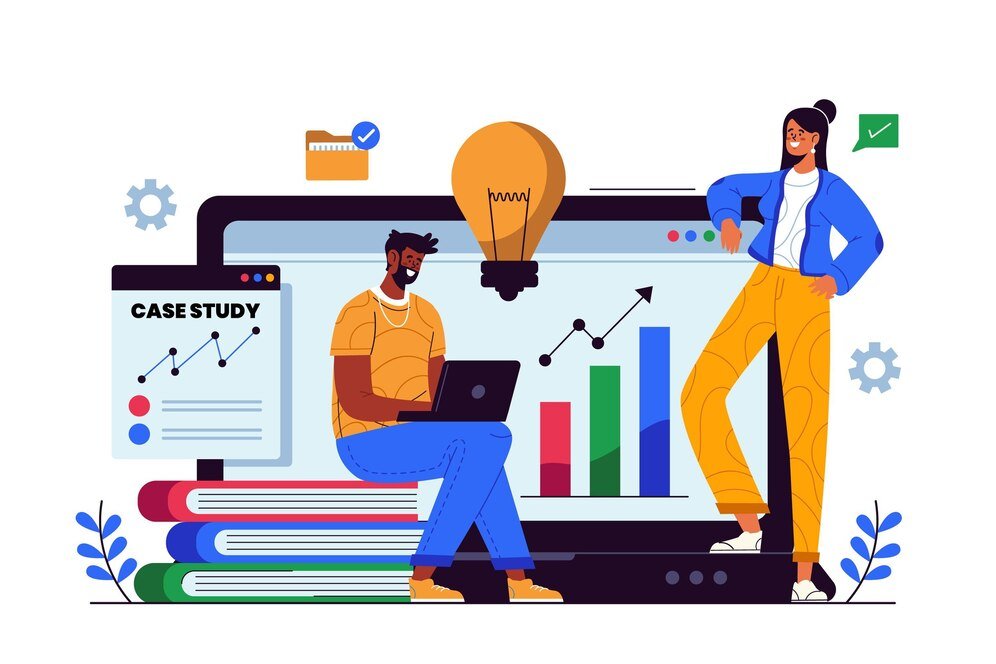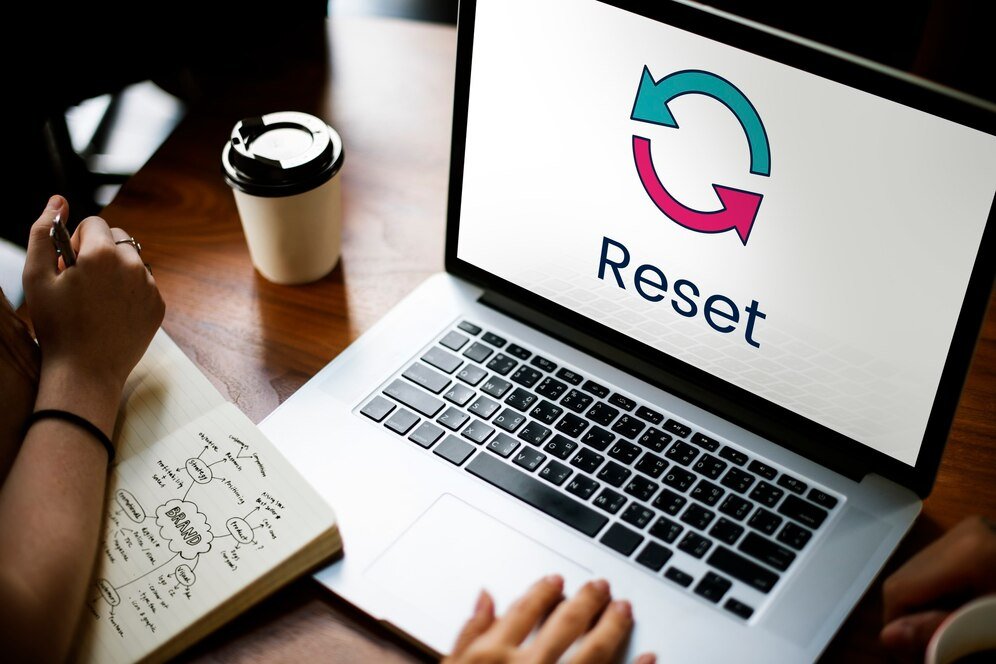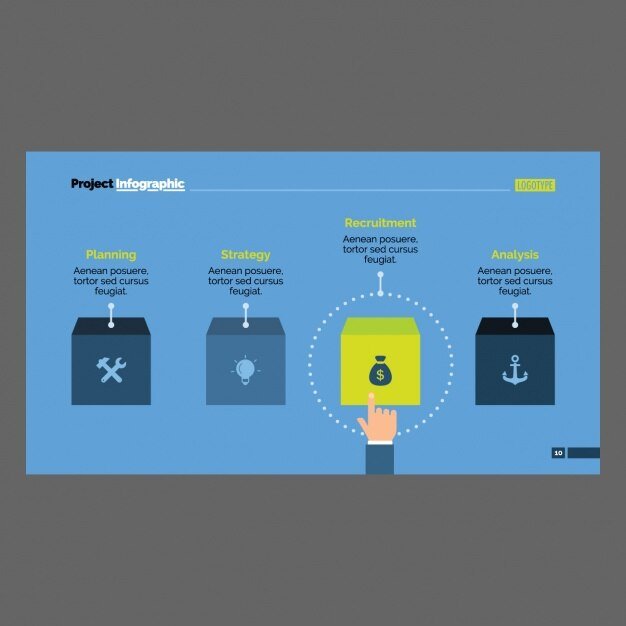Build-Measure-Learn Cycle fast-paced world of startups, the Lean Startup approach has changed the game. It focuses on speed, using data to make decisions, and always focusing on what customers want. At its core is the Build-Measure-Learn (BML) cycle. This cycle helps you quickly improve and adapt your business by listening to what customers say.
The BML cycle is more than just testing products or code. It’s about testing your entire business idea to see if it works. This way, you can stay quick, flexible, and ahead in the tech world where things change fast.
The Lean Startup believes in the power of speed and data. By making a basic product quickly and seeing how people use it, you learn a lot. This helps you improve your product and business plan. It’s different from old ways that take a long time to plan and develop products.
Starting with the Build-Measure-Learn cycle can put you ahead. It helps you keep up with market changes and make products that really connect with people.
Table of Contents
The Fundamentals of the Build-Measure-Learn Cycle
At the core of the Lean Startup methodology is the Build-Measure-Learn cycle. This process is key for driving innovation and learning, vital for startups to succeed today.
What is the Build-Measure-Learn Loop?
The Build-Measure-Learn loop is a cycle that makes a minimum viable product, checks its performance, and learns from the results. This way, startups test ideas, get customer feedback, and make better products.
The Three Core Principles of Build-Measure-Learn
- Validated Learning: Testing and measuring to see if an idea works.
- Iterative Development: Improving the product in small steps with customer feedback.
- Experiments: Doing tests to learn new things and check assumptions.
These principles help startups go through the build-measure-learn loop and grow sustainably with a data-driven approach.

“The Lean Startup methodology advocates working smarter by treating every startup as a grand experiment with questions to answer.”
Getting good at the build-measure-learn loop lets startups stay quick, adapt to changes, and focus on what customers want. By using these lean startup ideas, entrepreneurs can handle the startup world’s ups and downs and push their businesses forward.
Understanding the Build-Measure-Learn Cycle
The Build-Measure-Learn cycle is key to the Lean Startup method. It helps teams go through a cycle of testing and improving their products. At its heart is making a minimum viable product (MVP). This is a basic version of the product with just enough features to test with customers.
Build: Creating a Minimum Viable Product
In the Build phase, teams work fast to make an MVP. They use methods like unit testing and continuous integration. This ensures the product is top-notch and easy to improve later. The aim is to build the product quickly and get it to customers fast.
Measure: Collecting Data and Defining Metrics
After launching the MVP, the Measure phase starts. Teams collect data and set up performance metrics to see how the product is doing. This includes checking user engagement and customer satisfaction. They might use A/B testing or user experience (UX) testing to learn more.
Learn: Analyzing Insights and Adapting
The Learn phase is where teams look at the data and insights. They figure out what’s working and what needs to change. This might mean changing the product’s direction or sticking with it. The goal is to keep improving the product with customer insights and make it better.
By using the Build-Measure-Learn cycle, teams can quickly check their ideas, get feedback, and make smart choices. This helps them improve their minimum viable product. They aim to create a product that really meets what customers want.

This image from freepik
Build-Measure-Learn Cycle: An Iterative Approach
The Build-Measure-Learn cycle is a continuous process. It keeps adding new insights and feedback to improve the product. Startups use this loop to test ideas, check assumptions, and make targeted changes based on customer data. This iterative process helps products grow and change to meet market needs quickly.
Repeating the Cycle for Continuous Improvement
The Lean Startup method sees the Build-Measure-Learn loop as key for startups. It brings fast market entry, lowers risks, and saves costs. The cycle includes making a product, checking how it does, and adjusting based on what you learn.
This continuous improvement process helps businesses check their ideas, see what works, and make their products better with customer feedback. By going through the cycle again and again, startups can quickly adjust to market changes and user needs. This keeps their products relevant and competitive.

This image from freepik
“The Build-Measure-Learn process is a fundamental part of the lean startup methodology, allowing for rapid product optimization and evolution to meet the changing needs of the market.”
In the Build phase, startups research the market, figure out who their audience is, and make a basic product. The Measure phase uses metrics like customer cost, activation rate, and net promoter score to see how well the launch did. Then, in the Learn phase, they analyze data to understand what’s working, validate ideas, and decide on changes or new directions for the product.
By always going through this iterative process, startups stay flexible and focused on their customers. This leads to continuous improvement and keeps their products fresh and competitive in the market.
Mastering the Build-Measure-Learn Cycle
To effectively use the Build-Measure-Learn cycle, follow a structured plan. This plan includes three main steps. These steps help you get the most out of this ongoing process.
Step 1: Identify the Learning Goal
Start by setting a clear learning goal. This could be understanding how much customers will pay, how users interact with a new feature, or checking if there’s demand in the market. Having a specific goal keeps your efforts focused and gives direction to the cycle.
Step 2: Specify the Data
Then, figure out the data specification you need for your goal. This could be metrics like how price affects sales, user behavior, or customer feedback. Knowing what data to look at helps you make decisions based on facts, not guesses.
Step 3: Select a Method
Lastly, pick the simplest experiment design to get the data you need. Sometimes, starting with a minimum viable test is best. This way, you can quickly test ideas and improve your product without spending too much.
By using this structured method, you make sure the Build-Measure-Learn cycle works well. It helps you validate your ideas and guide your product development. This approach cuts down on guesswork and focuses on making decisions based on data.

This image from freepik
“The Build-Measure-Learn cycle is a key idea in the Lean Startup method. It aims to lower the risk and uncertainty in creating a new product.”
Conclusion
The Build-Measure-Learn cycle is key to the lean startup approach. It helps startups and big companies quickly test and improve new products and ideas. This method focuses on trying out ideas, getting feedback from customers, and making changes fast.
It’s important for startups to get good at this cycle to stay ahead. Companies like Hive Network use quick changes, data to make decisions, and learning from feedback. This helps them grow and succeed over time.
If you’re starting a business or leading innovation, learning the Build-Measure-Learn cycle is vital. It opens doors to better products, more customer involvement, and adapting to the market. By making and improving Minimum Viable Products (MVPs) based on what customers say and data, you can bring your ideas to life. This way, you set your business up for long-term success.


